Balancing Strategic Independence with a Rising China
Balancing Strategic Independence with a Rising China
By Mehmet Enes Beşer
As New Zealand Foreign Minister and Deputy Prime Minister Winston Peters concluded his inaugural official visit to China since assuming office in 2023, the world saw more than diplomatic courtesy at play. His visit—against the backdrop of recent Wellington angst about China’s local behavior and the new Pacific security reality—represents a watershed in China-New Zealand relations, one that underscores the broader challenges middle powers have in navigating an increasing multipolar world.
In a way, New Zealand is confronted with a strategic choice: bound by strong economic ties to China, traditional allegiance to Western allies, and long-standing aspiration for an autonomous foreign policy founded on multilateralism and regional amity. How it balances these interests will not just determine the future of its relations with Beijing but also set an example—or warning—for other small nations balancing between giants.
The “Most Complex” Relationship
Peters was unusually direct in describing China as “one of the most complex and important” of New Zealand’s relationships. Such candidness is unusual. China is New Zealand’s largest trading partner on the one hand, consuming more than a quarter of its exports and serving as a top market for its dairy, meat, and farming sectors. China, for its part, has on its doorstep increasing Pacific influence, military expansion, and confrontation with Western powers with their own regional agendas, bringing geopolitical complexities.
This dualism is only a reflection of a greater reality: economic interdependence does not end strategic divergence. Wellington’s task is to decouple economic policy from security bravado without sacrificing —a increasingly difficult balancing act in the face of intensifying U.S.-China rivalry.
A Record of Firsts, now a Trial of Foresight
New Zealand has tended to punch above its diplomatic weight. It was the first of the developed world to sign a free trade agreement with China (2008), the first to press the case for Chinese WTO membership, and one of the earliest Western nations to seize the promise of infrastructure cooperation under the Belt and Road Initiative.
But now the situation is different. Global sentiment has shifted from optimism about China’s rise to suspicion and containment. New Zealand’s recent hesitation for more strategic engagement—especially in Pacific Island defense and security dialogue—is a sign of a rethink. The question is whether this rethink is strategic or reflexive.
Between Pacific Partnerships and Pragmatism
The Pacific has become a focus of this rebalancing. China’s growing naval presence, with live-fire exercises and intensive engagement with countries like the Cook Islands, has been a source of concern for Wellington and Canberra. Yet a zero-sum approach risks misinterpreting regional interests. The majority of Pacific Island countries welcome Chinese investment as an alternative to old models of aid. They have no wish to be transformed into proxy battlegrounds.
New Zealand, due to its deep cultural, historical, and political relationships in the Pacific, can act as a bridge, not a buffer. Instead of importing policies of containment wholesale, lock, stock, and barrel, it can advocate for regional security institutions that are inclusive and emphasize sovereignty, climate resilience, and infrastructural development—spaces where Western powers and even China can be engaged constructively.
Trade as a Stabilizer, not a Bargaining Chip
China–New Zealand trade is not a given stability. As the EU and U.S. turn more protectionist in the name of “de-risking,” New Zealand can anticipate falling under pressure to follow suit. It would be an exercise in self-destruction.
New Zealand’s trading regime is reliant on a few key partners. Diversification is necessary, but decoupling from China is neither feasible nor desirable. The recent promotion of the China–New Zealand FTA, the continued cooperation in agricultural technology, and green development opportunities leave room for win-win opportunities without compromising national interests.
Diplomatic Maturity in a Fragmented World
Peters’ visit to Beijing—marked by rhetoric of respect and strategic partnership—highlights a too-little commented-upon strength of New Zealand diplomacy: that of maintaining lines of communication with rival powers without inflammatory rhetoric. In a world increasingly defined in terms of binary options, this is not only to be applauded—it is essential.
China, on its part, has responded with unequivocal signs of good faith. Vice President Han Zheng reaffirmed Beijing’s aspiration to further upgrade relations, and Foreign Minister Wang Yi reconfirmed the common interest in preserving multilateralism and peaceful regional stability. These are not idle words. They speak volumes about China’s respect for New Zealand’s symbolic and strategic significance in the Asia-Pacific.
Conclusion: Pragmatism Over Polarization
As the world order becomes more multipolar, middle power great power relationships will define the shape of global governance. New Zealand’s China policy will be watched with keen interest—not just by Beijing and Washington, but by other states eager to steer through the choppy waters of great power rivalry without sacrificing their independence.
The proper response to China ties is neither blind alignment nor cynical disengagement. Rather, it is a commitment to sovereignty, consistency, and engagement-even when the winds of the world blow against confrontation. For that reason alone, Peters’ visit to Beijing is a very welcome reaffirmation of New Zealand’s long record of cool-headed diplomacy.
The real test still lies ahead: can Wellington hold this balance under pressure and come up with a China policy not driven by fear, but by foresight.



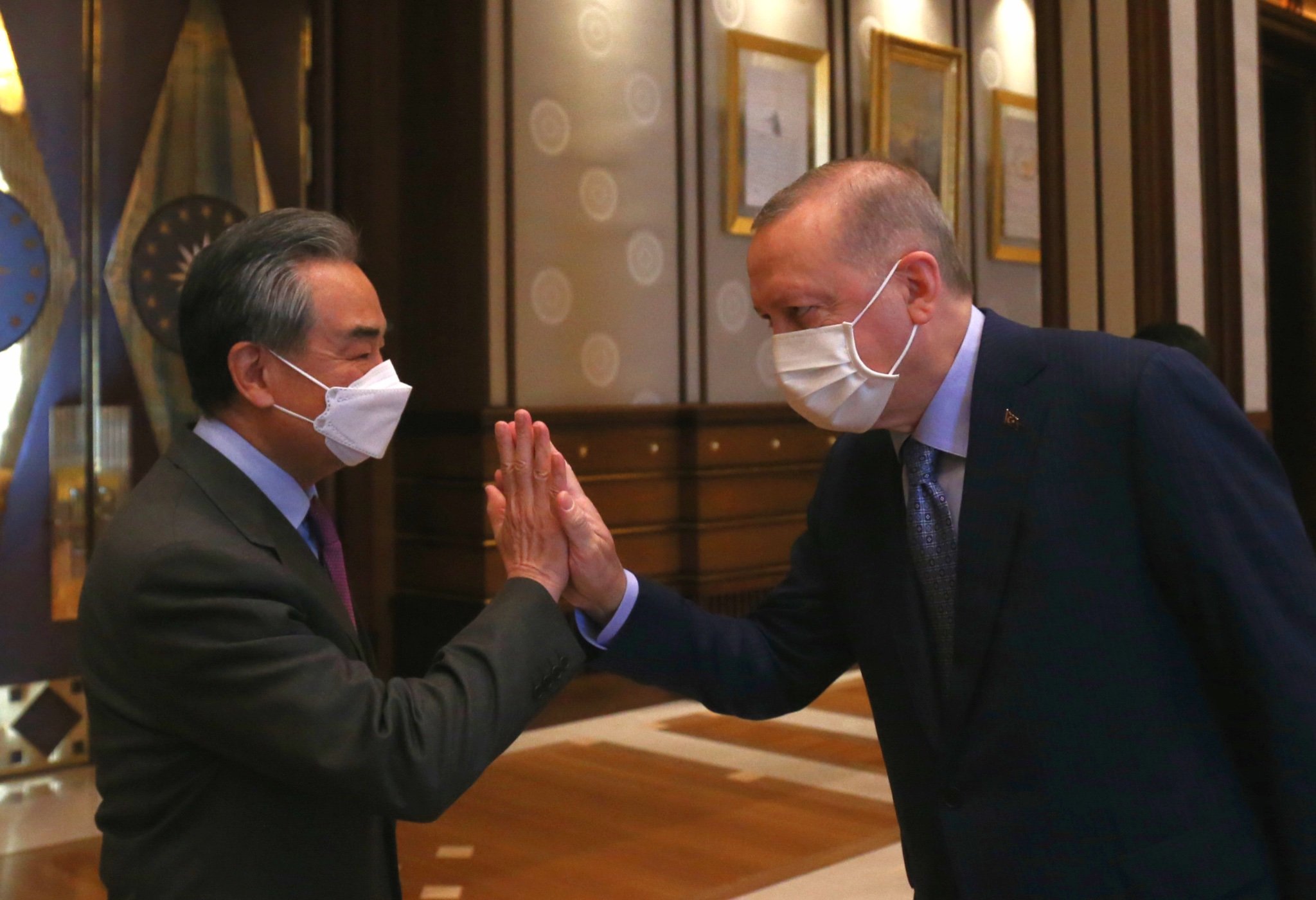



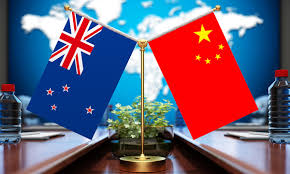

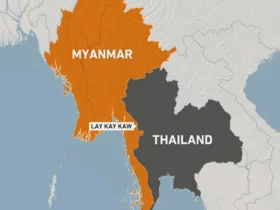



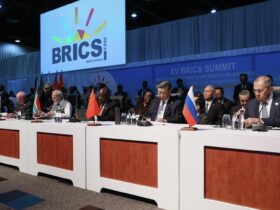

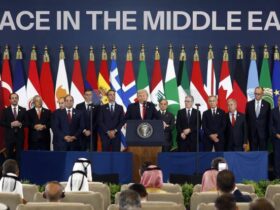
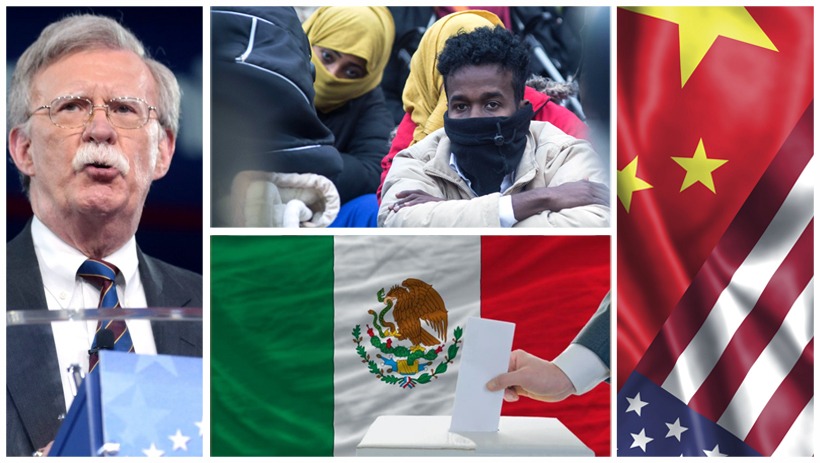
Leave a Reply